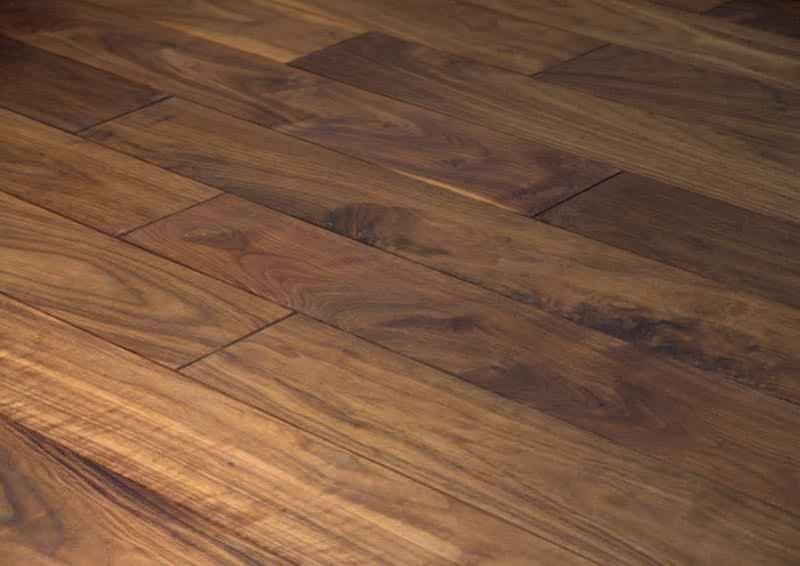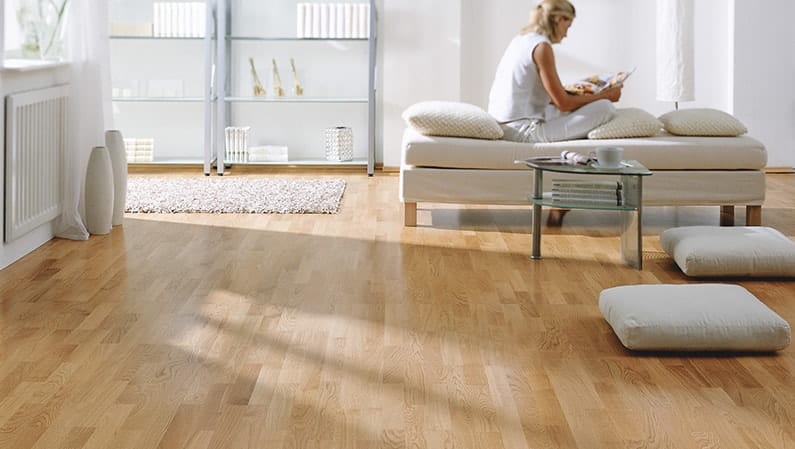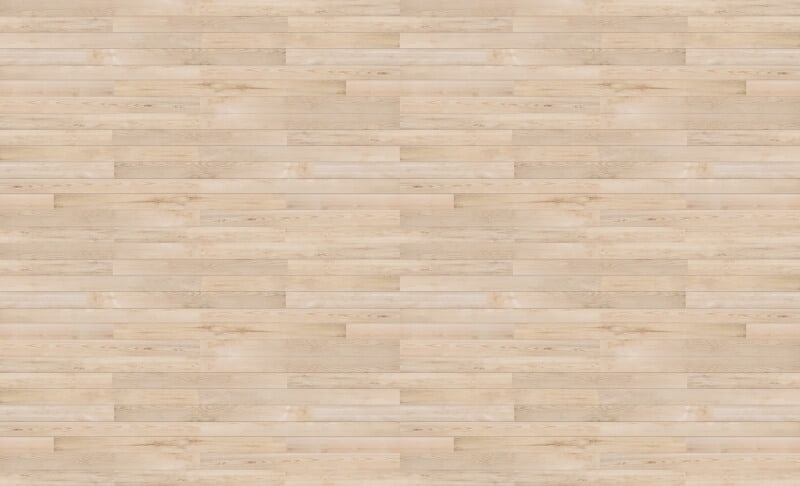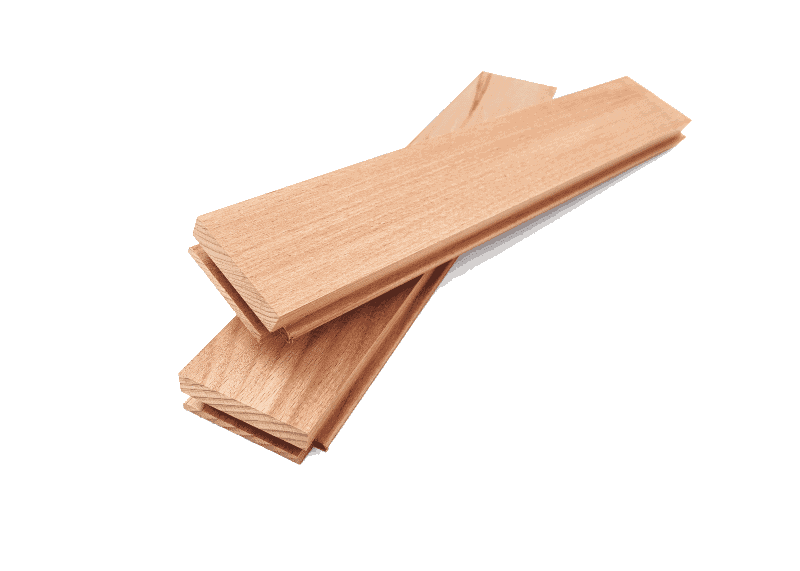parquet floors are fully in line with the trend in Germany.
This can be seen not least in the offers of the parquet manufacturers. The focus is increasingly on exclusive and individual types of parquet and flooring, which above all rely on the original character of the wood.
A natural surface finish and new interpretations of well-known classics – such as the traditional herringbone parquet – are the trends of the hour for the parquet types.
Overview of the most popular types of parquet
Prefabricated parquet floorboards
Landhaus floorboards are usually made of solid wood.
Alternatively, they are also available as multi-layer planks. Country house floorboards in the form of a 3-layer parquet are sold a lot and are an excellent alternative to “real” solid wood floorboards.
This type of parquet is cheaper. In addition, you save a lot of time thanks to the final treatment already carried out. In addition, the three-layer structure reduces the work of the wood. Only rarely do joints occur between the individual planks joints; and if they do, then only to a very small extent

Solid floorboards
This type of parquet is one of the oldest and most traditional types of wooden floor used in buildings.
Modern solid wood planks – for example made of oak, pine or larch – give a wooden floor a natural character.
As a rule, this type of parquet is laid raw and then sanded down before the surface is treated, for example, with floor oil, wax or parquet lacquer.
In the specialised trade, however, “finished” solid parquet is also available, which has an already applied surface treatment.

Ship floor planks
Floorboards of this type give your premises a robust look and conjure up a touch of nostalgia in your own home.
ship flooring planks spread a natural comfort and promote an attractive living ambience.
Typically, the ship’s floor boards are arranged irregularly and staggered, whereby three bars placed next to each other always characterize the ship’s floor structure.
Here you can choose between numerous types of wood – such as beech, oak, cherry, birch, ash or walnut.

mosaic parquet, parallel connection
The name is virtually the program here.
The lamellas always run parallel to each other. This gives the whole room a uniform, symmetrical and calm atmosphere.
Regardless of the wood used, the parallel bracing appears very geometric and orderly.
The mosaic parquet itself consists of thin and small wooden lamellas, which usually have a thickness of eight millimetres and edge lengths of twelve to 16 centimetres. Thanks to its low construction height, the mosaic parquet is ideally suited for laying over a underfloor heating system, because there is hardly any obstruction to the heat transfer.

mosaic parquet, English association
This is a type of hardwood flooring where the individual wooden lamellas are laid in the so called English bond.
They lie parallel to each other, but are offset by half of the plank bar. Thus the mosaic parquet always appears calm and visually harmonious. In addition, the mosaic parquet sets rustic accents and spreads a pleasant atmosphere.

Industrial parquet
This type of parquet is also known as upright lamella parquet.
The individual solid wood slats are extremely hard and resistant. This extreme robustness then also ensures a long service life.
But the industrial hardwood flooring with its upright lamellas can also score points in terms of design and appearance.
Architects all over Germany use the special laying optics and lay industrial parquet in commercial and public buildings as well as in modern residential projects.
The lamellae have a width of eight millimetres and a thickness of ten to 22 millimetres.
Industrial parquet is a by-product from the production of mosaic parquet. The slats from the mosaic parquet production are simply arranged upright. This results in the similar product dimensions.

Classic herringbone parquet
With the fishbone hardwood flooring thus designated, comparatively thin strips are laid at an angle (90 degrees).
Due to the special arrangement a good stress distribution can be guaranteed. The individual parquet strips for this type of laying are available both solid and in three layers, and can even be ordered with a surrounding fibre.
The method of laying is strongly reminiscent of the fishbones of a fish. Visually, the effect of the light incidence is particularly attractive.
The wood shimmers – depending on the angle of incidence – in different brightness levels.

French herringbone parquet
The French herringbone parquet, like the classic version, offers a laying pattern with an optically interesting play of light.
However, there is a special feature of this type of parquet: the individual parquet strips are bevelled on both sides by 30°, 45° or 52.5° and then lined up next to each other.
A continuous head joint runs between the respective braid rows in this special herringbone parquet.

Lamp parquet
There are small, large and so-called maxi-lamp parquet elements. Due to the low installation height, the Lamparkett is often used for renovations.
The individual bars are always glued to the substrate with parquet adhesive.
With the Parquet tapis – these are particularly large lamp parquet elements – the individual elements are nailed as well as glued.
The admissibility of the respective wood for this type of parquet must comply with the standards of DIN EN 13227 (tables one to six).
For example, the wood used must not show any cracks and the ratio of bar width to bar thickness must not fall below certain limit values. This is to ensure the dimensional stability of lamp parquet.
strip parquet
This type of parquet is characterised above all by extreme stability and durability.
This is a solid hardwood flooring with classic dimensions. Strip parquet is generally regarded as a traditional classic among parquet types.
In addition, the strip parquet is extremely versatile and can be laid in a wide variety of patterns to suit almost any style of interior design.
The individual bars are preferably 10 to 22 millimetres thick and around 60 to 100 millimetres wide.
The rod length varies according to individual taste.

Parquet types: Rough differentiation between solid and multilayer parquet
Basically, parquet is available – roughly speaking – in two different types of parquet: as solid parquet or as multi-layer parquet.
The first variant is made from a continuous and solid piece of wood. This variant can then be further subdivided into special types of parquet, such as industrial parquet, mosaic parquet or strip parquet.
If you want to lay such a hardwood flooring , you must always glue it over its entire surface and only then sand it down afterwards.
Laying is therefore rather difficult for laymen. In this case, it is recommended to commission a specialist to lay the parquet.
Many types of parquet are directly available as finished parquet
If, on the other hand, you want to lay planks , which are designed as multi-layer parquet, this is comparatively easier.
This is because parquet types from this group have already been sanded in advance by the parquet manufacturer.
Also the surface of the individual elements is usually already treated.
This is why these types of parquet are also known as finished parquet. In terms of structure, two to three layers of wood are firmly glued together for the respective parquet types, with only the visible layer consisting of the higher quality hardwood.
Parquet types in multi-layer construction can be laid via click connections
The top layer often covers large areas, as is the case with parquet types such as country house floorboards or industrial parquet.
Alternatively, the top layer can also be composed of individual bars.
This can be observed, for example, especially with parquet types such as the ship floor parquet. All types of parquet with multi-layer construction can usually be laid quickly and easily with the appropriate click connections.
Solid wood parquet types are more resistant and durable
Types of parquet made of solid wood are generally much more robust and durable.
This is due to the much thicker layer of wood, which on the one hand is extremely resistant and resilient and on the other hand can be renovated much more often than parquet types with thinner multi-layer construction.
An example illustrates this. Multi-layer parquet types preferably have wear layers of about 2.5 millimetres thickness. Since a sanding process alone removes 0.5 millimetres of wood, the respective types of parquet can therefore only be processed two to three times with the sanding machine at most.
The prices often differ considerably
The parquet prices vary depending on the production method and quality.
Click- or finished parquet types are usually much cheaper than solid wood parquet types. If you want to buy solid parquet and have a rather small budget available, you should take a close look at the industrial parquet designated in this way. Compared to other types of solid wood parquet this is usually cheaper.